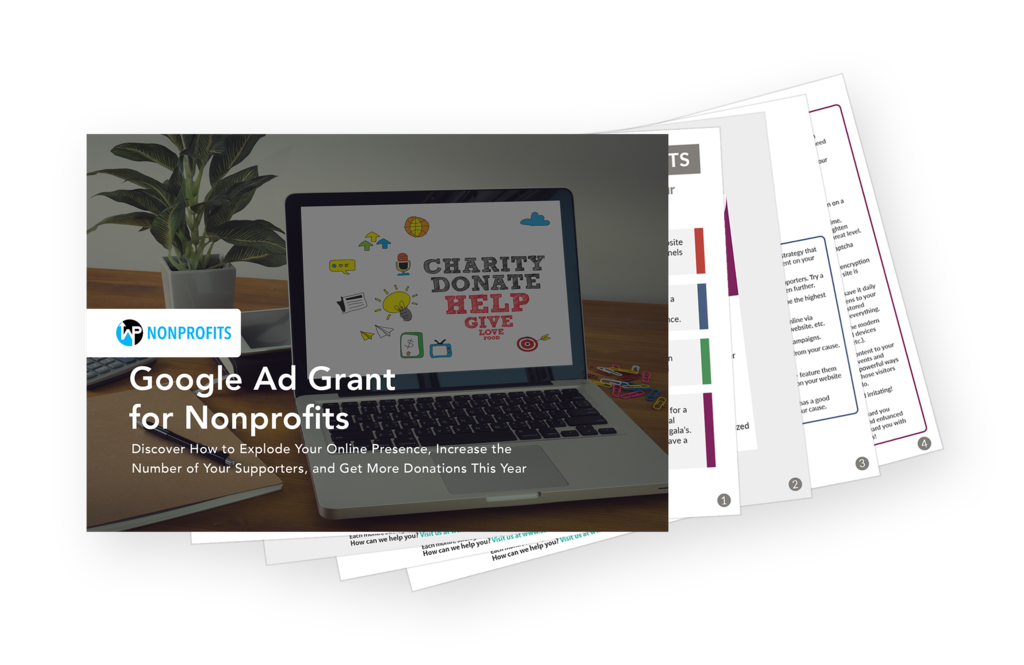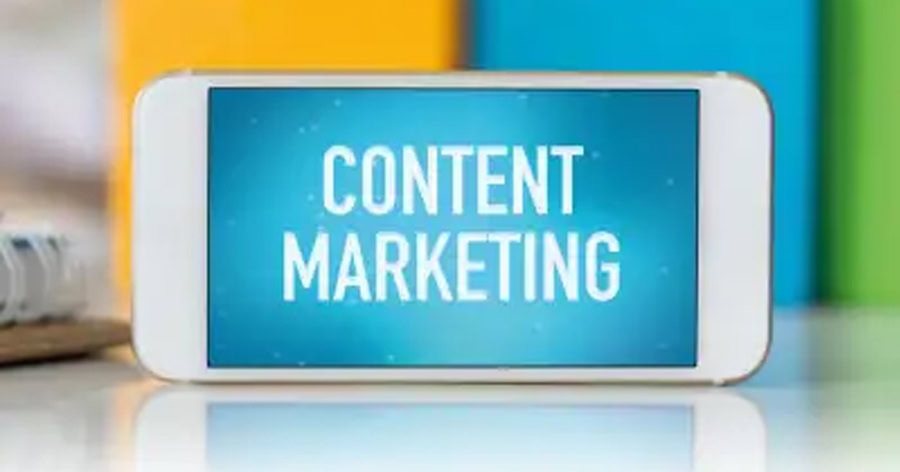

Returning Post-Covid: the fears & adapting
A few weeks ago on our Facebook, Instagram, Twitter and LinkedIn accounts we asked Nonprofit leaders what their biggest fears were post-Covid.
Our survey revealed that the following areas were really on everyone’s minds:
- Losing the online engagement that was increased during Covid
- How to safely return to in-person events and ensure that event go-ers are comfortable
- Engaging (and in some cases re-engaging) community and donors
- Donors: will they have the capacity to donate?
- Donors: will they still want to donate post-pandemic?
Losing online engagement
For most of 2020 we all spent a lot of time inside, on our phones, scrolling for hours… a lot.
So it’s only natural that many organizations saw increases in their online engagement as a result. People were interacting with accounts they may never have known existed if it weren’t for sitting on their phones all that time. Or on the contrary, a lot of folks felt helpless and sought organizations that could help with what they were worrying about.
Organizations got comfortable with their new online presence — some even started creating content for their new followers.
Now, a lot of organizations are fearing the engagement that they saw skyrocket during the pandemic will plummet. People will start to return to their offices, their busy every day, and will naturally be off their phones. So, how do you still get in front of the followers you grew to have?
We suggest the following:
- Hashtags: If you have a day of the week that your organization does something big every week, make it a hashtag. Even if you don’t pick a day of the week and create something. This allows your followers to expect something from your account, and even though they may not be able to see your post right when you post it, they’ll know to look when they can.
- Favorite: Facebook allowing users to choose their favorite pages is one of the greatest tools there is — post-pandemic or not. Same thing with Instagram. Followers can get notified when you post something. Send out a quick, fun email that acknowledges that people will soon be very busy, but not to forget about you. Include those two options with simple directions.
- Go Live: Followers get notifications every time the page they are following goes live. Use that! Even if it’s just to say hi, you miss everyone, and let them in on what you’re up to — do it!
Remember, when the pandemic is over, social media users still chose to follow your account because they agreed with your work during Covid, and quality remains better than quantity.
Safely returning to in-person events
This one is definitely something that we are not experts on. Please consult with your local guidelines and regulations to see the best fit for your organization as you move back to in-person events.
Once you do so, we suggest evaluating the comfort levels of your supporters, consulting with medical professionals and your board, and while you are making re-entry plans, don’t lose sight of your organization’s values.
Engaging (and re-engaging) your Community and Donors
Now here’s something we’re experts in: surveys! We loooooooooove a good survey, and so do others. Being asked to give your input and having your voice heard, is a great segway to engagement and participation. You’ve asked for answers, they gave you answers, and now you act and they wait.
In this situation, we suggest collecting names and emails so you can go back to those who gave their feedback to ensure that you heard them, and better yet, this is a great way to engage volunteers. If someone suggests implementing a change that’s feasible for your organization then that’s a great opportunity to go back to that person and ask for their help. It may even be a great survey question to ask if someone is willing to help.
People who need to be re-engaged will be so excited to return again. Make sure you make a HUGE deal of your first in-person events, volunteer opportunities, etc. The feelings will be there.
Donors
Donations during Covid were and still remain to be an interesting thing. On one hand, many organizations saw a major increase in donations. And on the other unfortunate side, many organizations struggled to receive donations. There were two very different scenes.
According to the Fundraising Effectiveness Project’s 2020 Fourth Quarter Report the overall number of donors grew by 7.3%.
Here’s the breakdown:
15.3% increase in smaller gifts (less than $250)
10.4% increase in larger gifts ($1,000 or more)
8% increase in mid-level gifts ($250-999)
4.1% drop in donors that gave to a charity in 2019 and then gave to the same in 2020
Will they have the capacity?
We’re not going to lie to you on this one: this is a bit tricky. In some cases YES, people will absolutely still have the capacity to donate to your organization. In other cases, it’s assumed a lot of people were using money that they normally would spend on commuting, gas, vacations, etc. on donating to organizations. If donors fall under this category, it’s possible that their donation amount may decrease, the frequency may decrease, or it’s possible you may not see a change at all in their donation.
To ensure that you don’t lose these connections we suggest adding this to your routine:
- Newsletter: Have a way of communicating with your people and keeping them in the loop. Tell them what you’ve been up to, have your Executive Director or President send out a letter, send a save the date for an upcoming event, do something to allow people to feel connected. In this type of newsletter, we strongly encourage you to not ask for a donation.
- Mailing: Yes, we’re suggesting a good ‘ole fashion paper mailing! A quick postcard with photos and a quick “we just wanted to say hi and hope you’re adjusting to your new ‘normal’ join us …” will go a long way. It’s also something easy enough that you should be able to make work.
Will they still want to donate?
Like we said above, if someone sought out your organization it means they like what you do and who you are. That won’t change. Some people in fact may not even know that you need donations post-Covid or even what you do when it’s not a pandemic. That’s why it’s so important to keep in touch.
The above suggestions about a newsletter and mailing are still applicable here, but we suggest also freshening up your donation etiquette.
Once you return post-Covid, don’t let the first piece of communication be “give us money.” Be sure to do those check-in’s with people to say hi, and ask them how they’re doing and thank them for their kindness when it was needed the most. When you do begin to actively solicit donations, a great way to do it is with an email or letter thanking your donor for their donation of $xx and giving them the option to make that donation again.
















Giving Tuesday is coming! Start preparing today. | Website Development and Maintenance for Nonprofit Organizations says:
2020 Global Giving Trends | Website Development and Maintenance for Nonprofit Organizations says:
How Do I Reach Different Audiences for my Nonprofit? | Website Development and Maintenance for Non Profit Organizations says: